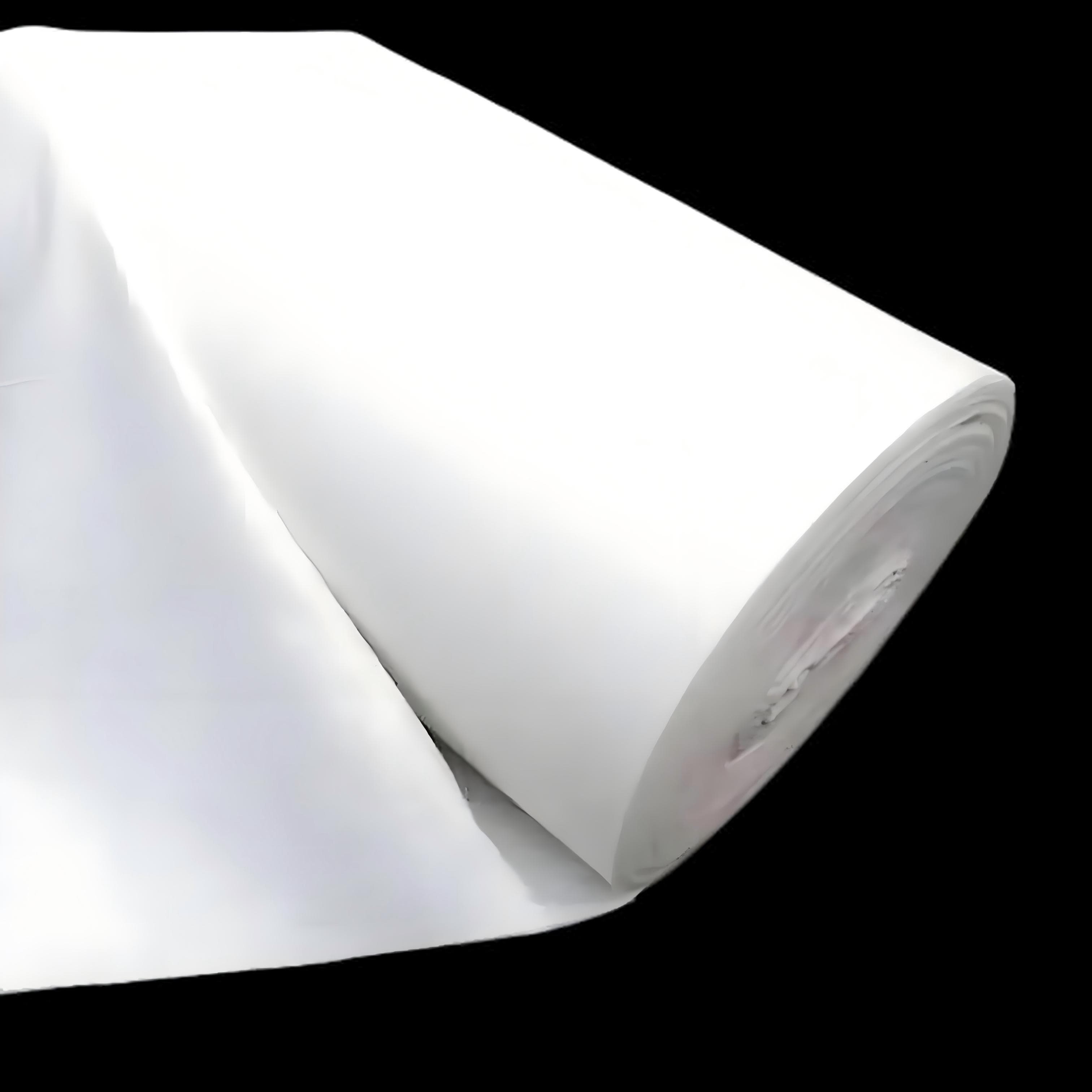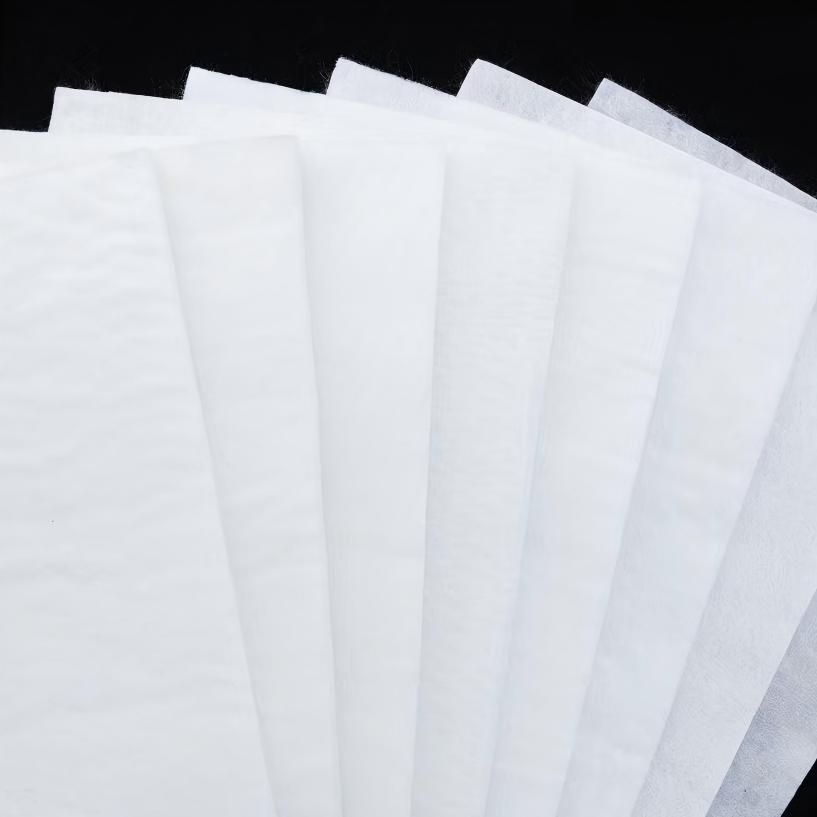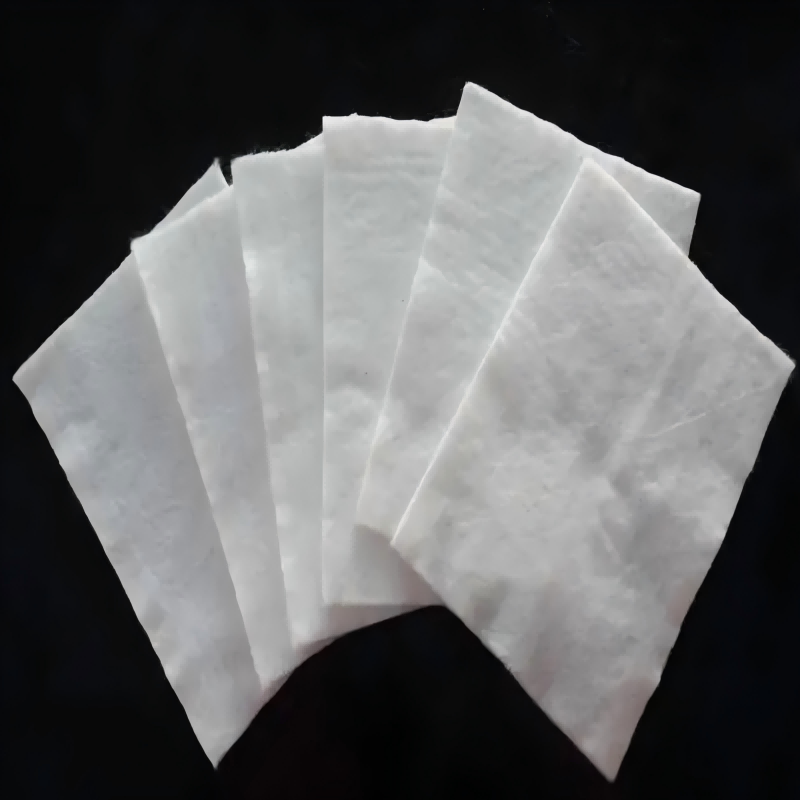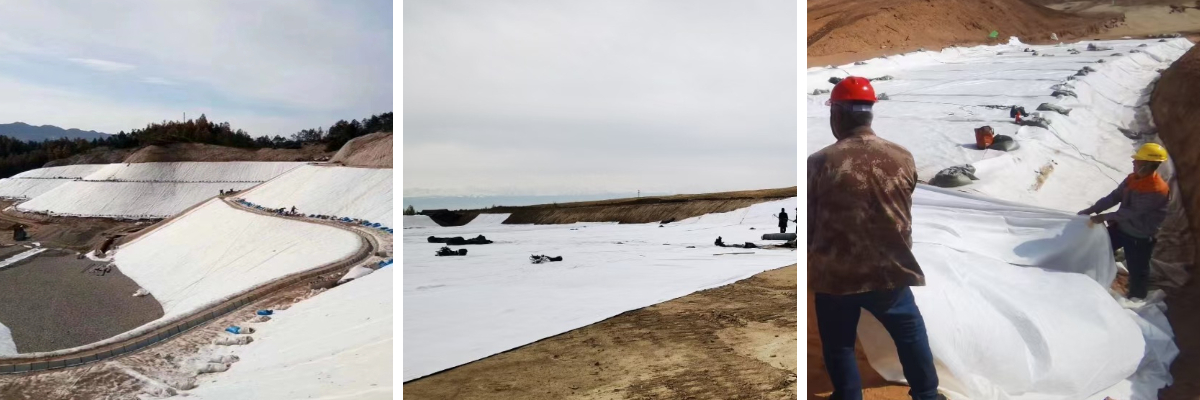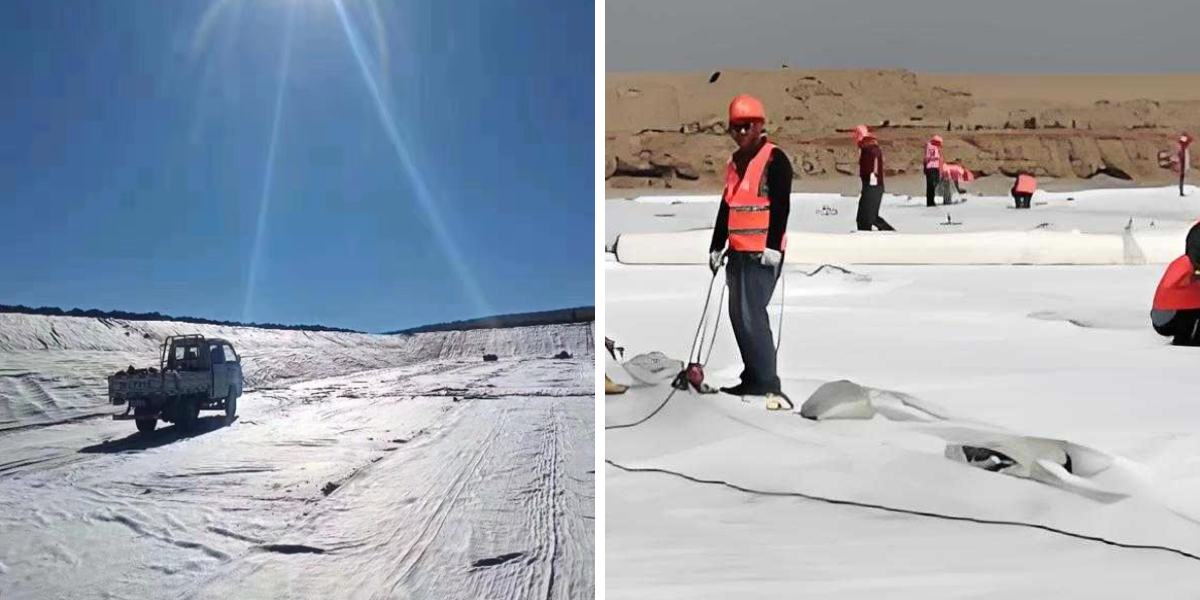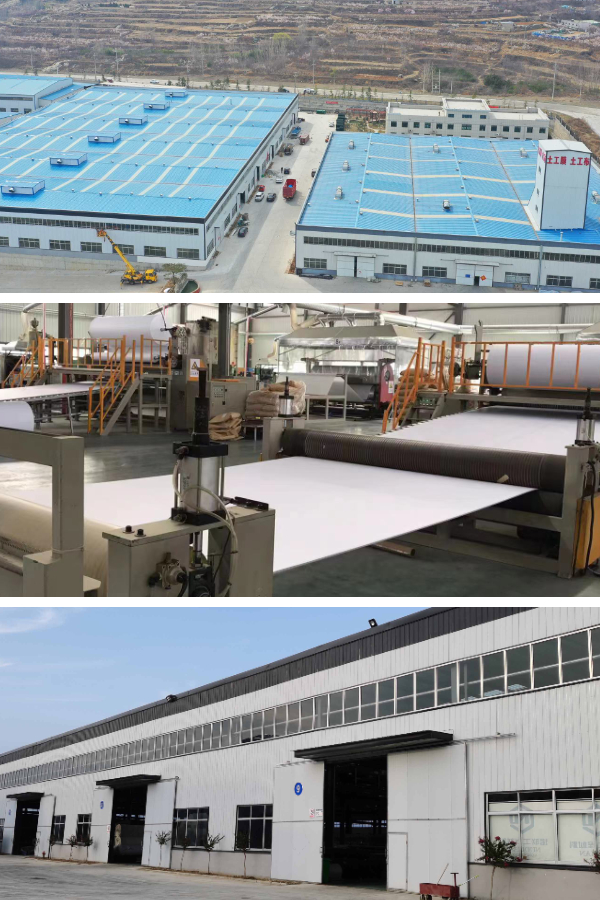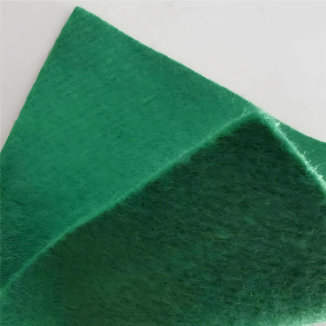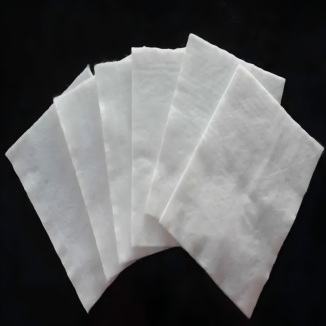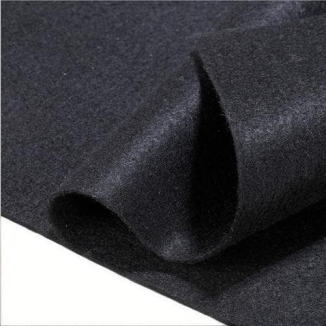Geosynthetic Cloth
1. Multi functional adaptability: It has multiple functions such as reinforcement, filtration, drainage, and isolation, and can adapt to multiple scenarios such as roadbeds, slopes, and water conservancy to meet the core requirements of different projects.
2. High strength and anti damage: Made of high-quality polymer materials, it has outstanding tensile and tear resistance, can withstand construction compaction and long-term load impact, and has strong structural stability.
3. Weather resistance and long-term effectiveness: UV resistance, acid and alkali corrosion resistance, slow performance degradation in harsh environments, long service life, and reduced frequent replacement costs.
4. Economically efficient construction: The material is lightweight and easy to cut, and the laying is convenient without the need for complex equipment. It can quickly adapt to different terrains, shorten the construction period, and reduce overall costs.
Products Introduction:
Geosynthetic Cloth is a new type of engineering material mainly made of high molecular weight polymers, processed through weaving, needle punching, hot melt, spunbond and other processes. It covers multiple categories such as woven geotextiles, non-woven geotextiles, composite geotextiles, etc. With diverse structures and properties, it undertakes key functions such as reinforcement, isolation, filtration, drainage, and protection in civil engineering, water conservancy engineering, environmental engineering, and other fields. As an innovative solution to replace traditional materials in modern engineering construction, its core value lies in improving engineering stability, extending service life, and reducing comprehensive costs through the high performance and functional integration of materials. It is an important basic material for promoting engineering technology upgrading and sustainable development.
Product Features:
1. Multi functional integration: Breaking through the functional limitations of traditional single materials, it can simultaneously meet multiple engineering needs. For example, composite geotextiles can provide high-strength reinforcement through woven layers and achieve efficient filtration and drainage through non-woven layers; Some products can also be combined with anti-seepage membranes, grilles and other materials to form an integrated solution of "reinforcement+anti-seepage+drainage", meeting the diverse needs of complex engineering.
2. Controllability of mechanical properties: By selecting raw materials and adjusting processes, the mechanical indicators such as tensile strength, tear strength, and burst strength of the product can be precisely controlled. From low strength products (tensile strength 5-20kN/m) suitable for lightweight sites to high-strength materials (tensile strength 50-300kN/m) that meet the requirements of heavy-duty engineering, they can be flexibly matched according to the characteristics of engineering loads to ensure structural stress balance.
3. Environmental adaptability and durability: weather resistant polymer materials (such as polyester and polypropylene) are used, and they are treated with UV resistance, aging resistance and corrosion resistance to maintain stable performance in extreme environments. Whether it is high temperature and drought, severe cold and freezing, acidic and alkaline soil, or salt spray environment, it can resist natural erosion for a long time, and its service life can generally reach 10-30 years, greatly reducing the frequency of later maintenance.
4. Convenience and economy of construction: Lightweight texture (usually 100-1000g/m ² per unit area), strong flexibility, can be flexibly cut and spliced according to project dimensions, without the need for large specialized equipment. The laying process is simple and efficient, and can be operated manually or mechanically. It can adapt to complex terrain (such as steep slopes, curved surfaces, irregular foundations), significantly shorten the construction period, reduce labor and equipment costs, and has a comprehensive cost-effectiveness far exceeding traditional materials such as sand and concrete.
Product Parameters:
project | metric | ||||||||||
Nominal strength/(kN/m) | |||||||||||
6 | 9 | 12 | 18 | 24 | 30 | 36 | 48 | 54 | |||
1 | Longitudinal and transverse tensile strength / (kN/m) ≥ | 6 | 9 | 12 | 18 | 24 | 30 | 36 | 48 | 54 | |
2 | Maximum elongation at maximum load in longitudinal and transverse directions/% | 30~80 | |||||||||
3 | CBR top penetration strength /kN ≥ | 0.9 | 1.6 | 1.9 | 2.9 | 3.9 | 5.3 | 6.4 | 7.9 | 8.5 | |
4 | Longitudinal and transverse tearing strength /kN | 0.15 | 0.22 | 0.29 | 0.43 | 0.57 | 0.71 | 0.83 | 1.1 | 1.25 | |
5 | Equivalent aperture O.90(O95)/mm | 0.05~0.30 | |||||||||
6 | Vertical permeability coefficient/(cm/s) | K× (10-¹~10-), where K=1.0~9.9 | |||||||||
7 | Width deviation rate /% ≥ | -0.5 | |||||||||
8 | Unit area mass deviation rate /% ≥ | -5 | |||||||||
9 | Thickness deviation rate /% ≥ | -10 | |||||||||
10 | Thickness coefficient of variation (CV)/% ≤ | 10 | |||||||||
11 | Dynamic perforation | Puncture hole diameter/mm ≤ | 37 | 33 | 27 | 20 | 17 | 14 | 11 | 9 | 7 |
12 | Longitudinal and transverse fracture strength (grab method)/kN ≥ | 0.3 | 0.5 | 0.7 | 1.1 | 1.4 | 1.9 | 2.4 | 3 | 3.5 | |
13 | Ultraviolet resistance (Xenon arc lamp method) | Longitudinal and transverse strength retention rate% ≥ | 70 | ||||||||
14 | Ultraviolet resistance (fluorescence UV lamp method) | Longitudinal and transverse strength retention rate% ≥ | 80 | ||||||||
Product Applications:
1. In the field of civil engineering: as a reinforcement layer, it enhances the shear strength of soil and reduces settlement deformation in the roadbed treatment of highways and railways; In building foundation and excavation engineering, it is used to isolate different soil layers, prevent material mixing, and assist drainage to protect the stability of the foundation structure; In the construction of airport runways and large storage yards, it undertakes the role of grassroots reinforcement and load dispersion to enhance the bearing capacity of the site.
2. Water conservancy and waterway engineering: used for anti-seepage and reinforcement of dams in rivers and reservoirs, using composite anti-seepage layers to prevent water leakage, and utilizing drainage functions to reduce pore water pressure in dam bodies; In port and dock construction, as a protective material for the shore, it resists wave impact and water flow erosion, reducing bank slope erosion; In channel lining engineering, it plays a role in isolation and filtration, preventing channel collapse and soil erosion.
3. Environmental and ecological engineering: In the construction of landfills, as an auxiliary layer of the anti-seepage system, it blocks the pollution of soil and groundwater by leachate, while guiding the collection and discharge of liquids; In the ecological restoration of mines, it is laid on the surface of tailings ponds or abandoned mines to stabilize loose soil and promote vegetation growth, achieving soil and water conservation and ecological restoration; In wetland protection and artificial wetland construction, as a base isolation material, it maintains the hydrological environment and ecological balance of wetlands.
4. Agriculture and municipal engineering: used for channel seepage prevention and filtration in farmland irrigation systems, improving water resource utilization efficiency and reducing soil salinization; In urban greening and sponge city construction, as a drainage filter layer for roof gardens and rain gardens, it promotes rainwater infiltration and recycling; In underground pipe gallery engineering, wrapping pipes plays a role in buffering protection and drainage, extending the service life of pipes.
Geosynthetic Cloth, as a multifunctional and high-performance engineering material, has become an indispensable key material in modern engineering construction due to its core advantages of functional integration, mechanical controllability, environmental adaptability, and construction economy. It can not only solve the problems of insufficient reinforcement, poor drainage, and high material loss in traditional engineering, but also bring significant technical and economic value to multiple fields such as civil engineering, water conservancy, environment, and municipal engineering by simplifying the construction process, extending the project life, and reducing maintenance costs. Geosynthetic Cloth can provide efficient and reliable solutions through flexible performance matching and functional combination, from large-scale infrastructure construction to small-scale ecological restoration projects. It is an important support for promoting the green, efficient, and sustainable development of the engineering industry.


